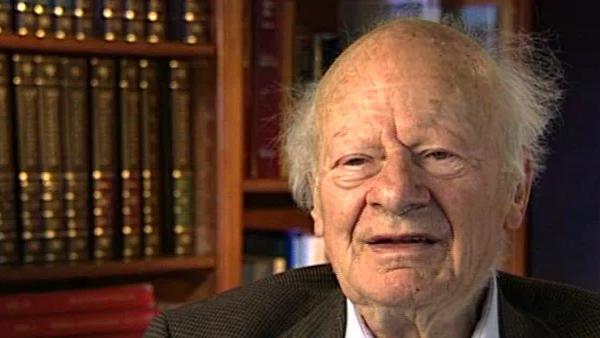There were two excellent ones: Emil Konopinski and Maurice Rose. And Rose died very young, but while he was here - well, he then went on to other places, but while he was here we wondered one time what would happen in a cyclotron as you increase the energy more and more. Lawrence at Berkeley was engaged in building bigger and bigger cyclotrons and we were wondering could that be done, would they always function? So we looked at the resonance between the orbit going around the cyclotron in the magnetic field, and we found that as long as the particle, proton or whatever, was nonrelativistic the periods of the orbit remained the same. But once the proton became relativistic the period would change, and it was important that the period of the orbit kept synchronous with the period of the electromagnetic field which was applied to accelerate the particle each time it came between the pole pieces. Well, we found that wasn't so, and we found that they would get out of step, or if they were in step, then the orbits would no longer remain circles but there would be defocusing. So we wrote a paper on that; that the orbits in a cyclotron are nicely focused and synchronous as long as you have no relativity, but once you get a relativity you get into trouble. Well, we got into trouble with Ernest Lawrence by writing this article and my name was mud in Berkeley and I got letters, furious letters. First a very down to earth scientific letter from a graduate student named Robert Wilson who was investigating this resonance in the cyclotron. Then a somewhat furious one by an associate professor called Ed McMillan, and then a really furious one from Ernest Lawrence; 'How can you dare doubt the omnipotence of cyclotrons?' Well, he wrote at the end of that letter: 'There are many ways to skin a cat.' Well it turned out that nobody knew a way to skin a cat, and indeed the cyclotrons as then designed did have a limit of maybe 20 million electron volts, maybe a little... maybe 50.






